Nebulisers and inhalers help children take their asthma medications. Most asthma medications need to be breathed into the lungs to work properly. A nebuliser is a special device that turns liquid into a mist for easy inhalation. It is also known as a breathing machine and helps treat respiratory conditions, especially in babies. Nebulisation for kids is a safe and effective way of medication.
It allows infants to breathe in medication as they normally would and it helps the medicine reach deep into their lungs to make breathing easier. Nebulisation for kids is essential for asthma-related conditions. Doctors prescribe nebulised medications, but if it necessary you can also learn to administer them at home. Nebulizers for kids are used to treat chronic conditions such as asthma, which irritates the airways due to an immune response.
Other conditions that may require a nebulizer prescription include:
- Croup, a common respiratory illness might necessitate a nebulizer. It is caused by a virus that also causes the common cold. It makes a child have a barking cough, runny nose, or fever.
- Cystic fibrosis, is a genetic disease that makes mucus build up in the airways, making it hard to breathe.
- Epiglottitis, is a rare condition caused by bacteria that can cause pneumonia. It makes the airways swell and causes a high-pitched sound when breathing.
- Pneumonia, is a serious illness with inflamed lungs. Babies usually need to go to the hospital. Symptoms include fever, shortness of breath, and changes in alertness.
- Respiratory syncytial virus (RSV) often causes mild, cold-like symptoms. Infants can develop inflammation of the small airways.
A nebulizer is a machine that runs on electricity or a battery. It typically consists of four components:
- Motor
- Mouthpiece or facemask,
- The cup
- Tubing
Medication is placed in the cup, which is connected to the motor through tubing. The mouthpiece or facemask is then connected to the cup. When the machine is activated, it releases a mist into the mask, allowing the child to inhale it.
Types of inhalers
Inhalers come in three types:
- Controller Inhalers
Controller inhalers have corticosteroids that stop inflammation, reducing swelling and excess mucus production that cause asthma symptoms like wheezing and breathing problems. Doctors usually begin with the lowest effective dose for children.
- Rescue Inhalers
Inhalers for emergencies are used when a child thinks they are having an asthma attack or when symptoms like wheezing, chest tightness, or shortness of breath start. They should not be used regularly.
- Combination inhalers
This inhaler can be used every day to control symptoms and also in emergencies to provide quick relief.
How to use inhalers
Inhalers help you breathe medication directly into your lungs. The way they function varies based on the device type. There are two types of inhaler devices: Metered-dose inhalers (MDIs) and Dry powdered inhalers (DPIs).
- DPIs
DPIs are activated by breathing in deeply and forcefully, releasing the medicine. Children under 5 or 6 may not be able to inhale strongly enough to use DPIs, except for Advair Diskus and Asmanex Twisthaler, which can be prescribed for children as young as 4. Older children may prefer the control DPIs offer.
How to use DPIs
Sit up straight or stand tall and breathe out all the way.
Keep your lips sealed around the inhaler.
Inhale deeply and quickly.
Remove your mouth from the inhaler and hold your breath for five to 10 seconds.
Exhale slowly.
If needed, do the same steps again following your asthma action plan.
- MDIs
MDIs automatically release medication and need a deep breath to be coordinated when using the inhaler. They have hydrofluoroalkanes (HFAs) that push the medication out with pressure.
How to use MDIs
- Shake the inhaler to mix the medication and, if needed, release a few puffs into the air.
- Sit or stand up straight and breathe out completely.
- Hold the inhaler upright with the mouthpiece at the bottom.
- Follow your doctor’s instructions on how to use the inhaler.
- Inhale slowly as you press the canister.
- Hold your breath for 10 seconds, then exhale slowly.
- Repeat if necessary according to your asthma action plan.
Kids might struggle with using an inhaler, like breathing too fast instead of taking a slow, deep breath. Practising breathing without the inhaler can help them get ready to use it when they need to. Other things to work on with kids include not blowing out into the inhaler, positioning it correctly, exhaling fully before using it, holding their breath after inhaling, and breathing out slowly afterwards.
For more such informative blogs, Visit Mother’s Pet Kindergarten.

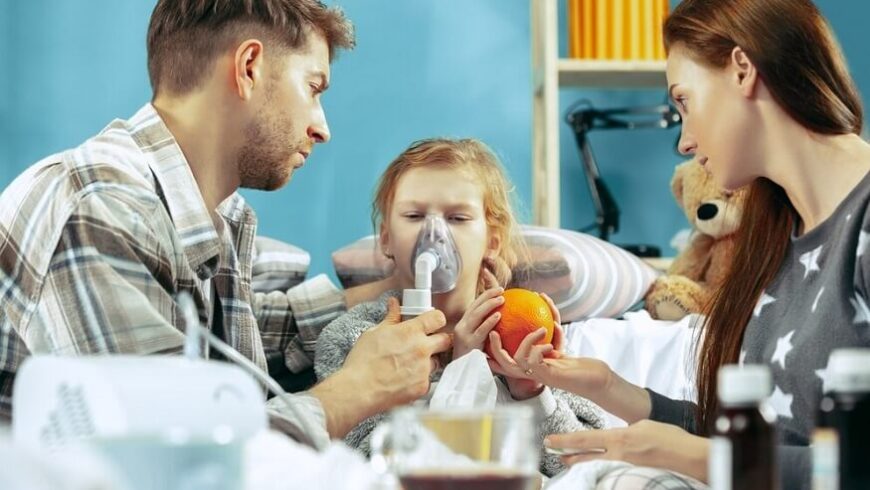
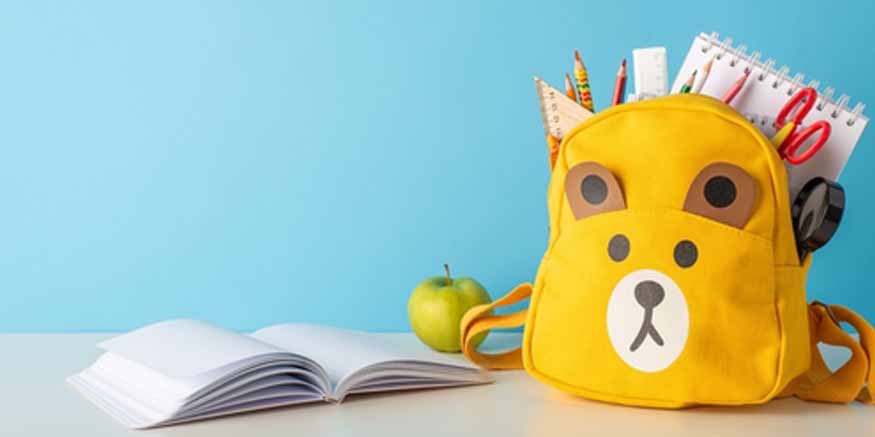
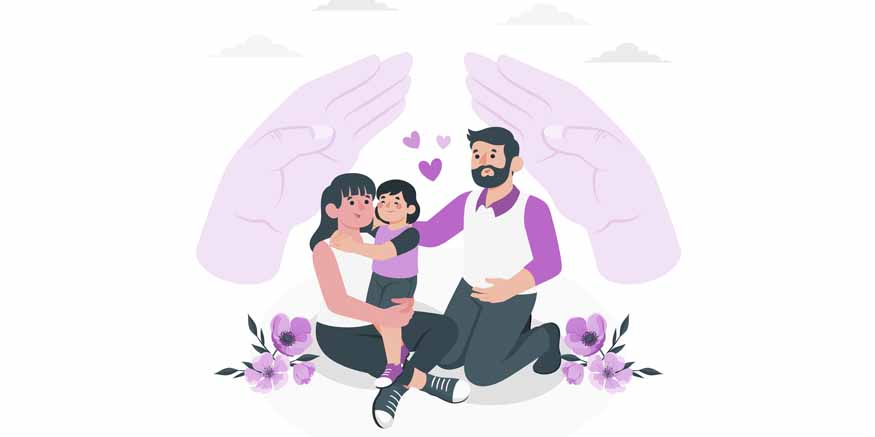
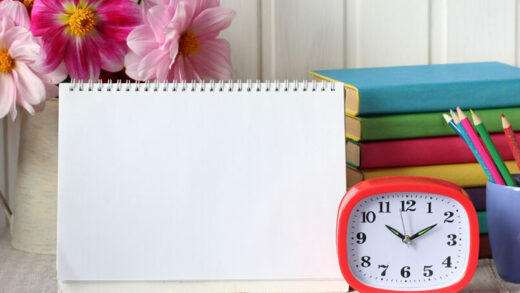

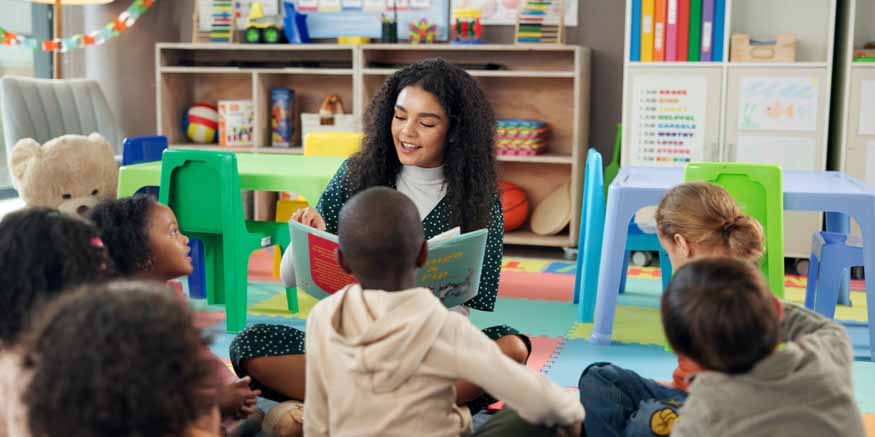

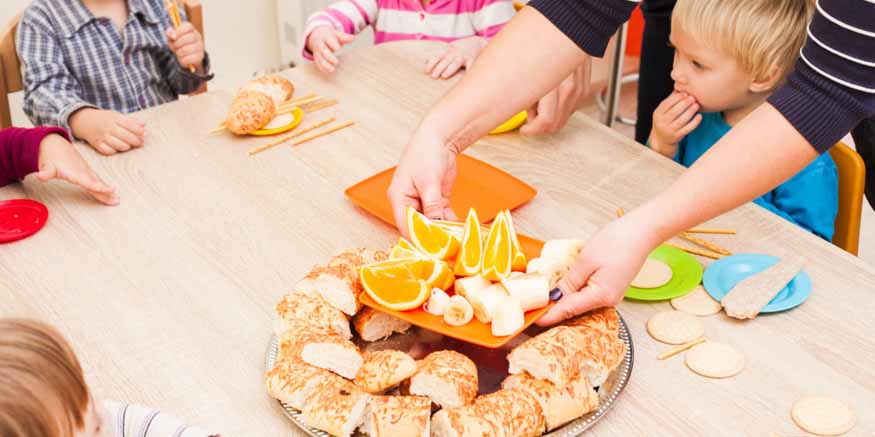
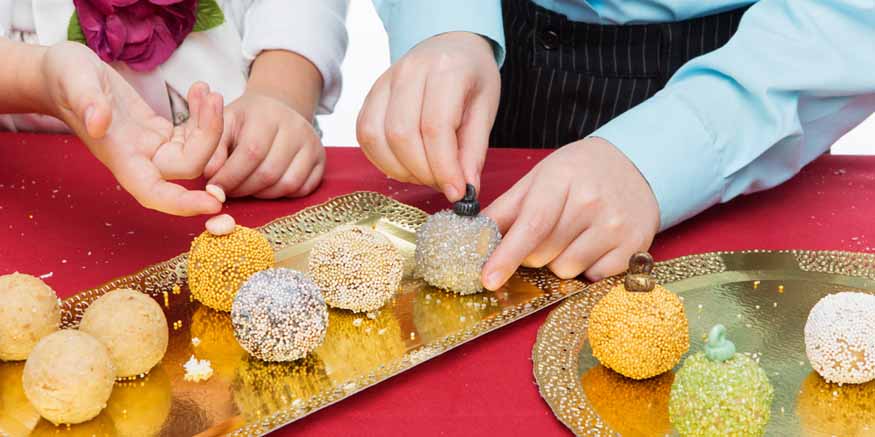

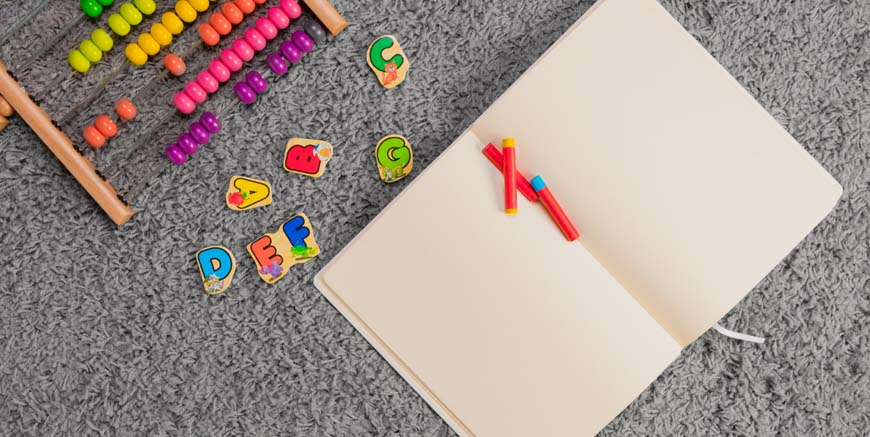

Recent Comments